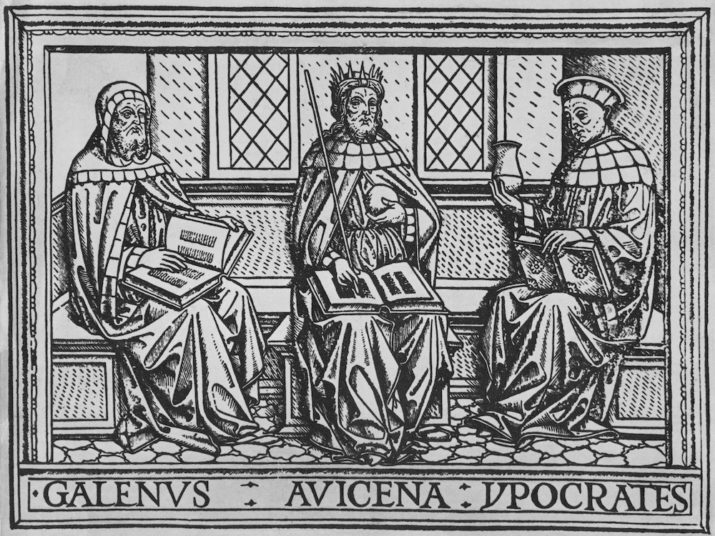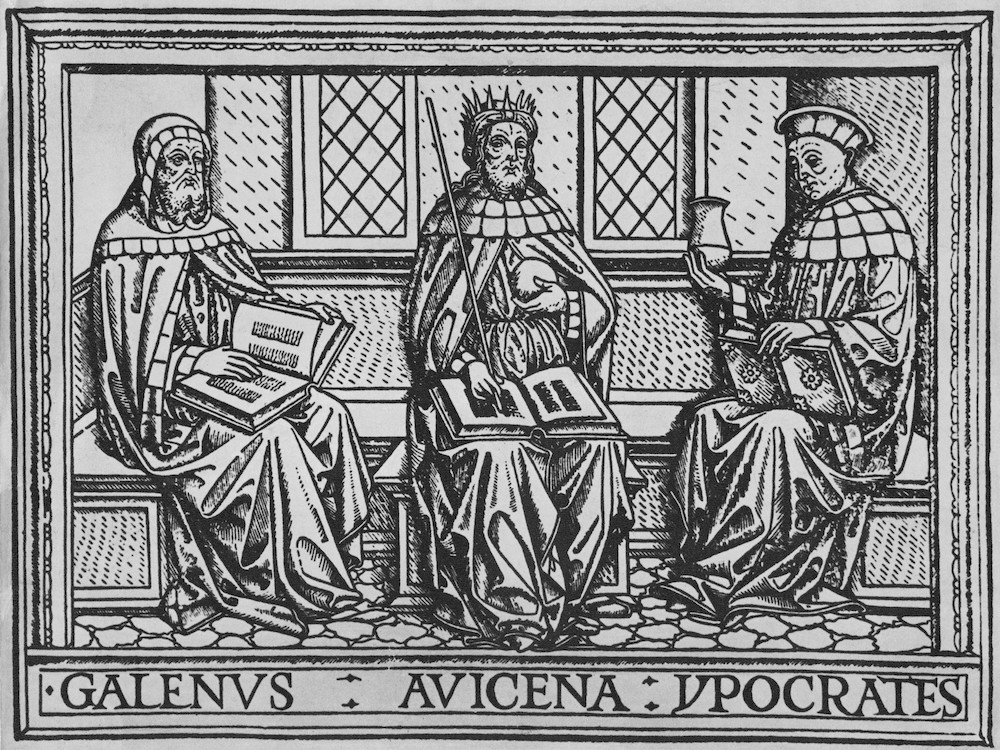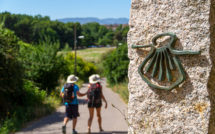
Disease, Plague, and Pandemics in Antiquity and Medieval World: Final Multimedia Project

This is part of our Campus roundtable on Teaching Medieval in Modern Plague Times.
Course description
This class is an advanced European history course that I’ve titled “Disease, Plague and Pandemics in Antiquity and the Medieval World.” Our goal this semester is to understand how people in the pre-modern world (that is, prior to 1800), particularly in Europe, discussed, reacted, and tried to remedy contagious diseases before the advent of modern medicine and scientific understandings of immunology and virology. In so doing, we can gain a better understanding of how humanity has wrestled with the social problems posed by infectious diseases. We also focus on how pandemics either disrupt or maintain the political, religious, or economic status quo in communities afflicted by them.
Directions
This project has three parts. The first part, a personal essay that draws on your experience of COVID-19; a second part, which is a picture of an object, a place, or a moment in your life that you feel is representative of your experience with COVID-19; and a third part, which can be another picture, OR either a video or audio recording that supports your reflection essay in some way. You will upload all items to the Victoria Regional History Center’s archive on COVID-19 stories before the date of our final exam period, which is Tuesday, December 8 at 12:30 pm.
Part 1
The reflection essay should be 1250-1600 words in length. Please come up with a catchy, creative title for your essay. This paper should reflect on your experiences with the COVID-19 pandemic since the lockdowns and social distancing measures took effect in March 2020. Here are some questions to think about as you organize your thoughts about your experiences in Texas with the pandemic. Please note that you do not need to organize your essay in the order of the following questions. Your essay should be organized in a way that makes the logic of your narrative flow.
- How did you and your family members and/or friends first react to the news and lockdowns at the beginning of the first wave of the pandemic?
- What has been particularly challenging for you since the pandemic hit?
- What particular moment or event (either that happened to you or that you read about) that made you think about the pandemic or society in a new or different way?
- How has your experience of the pandemic (or observations of disease and sickness in general) compare with premodern people’s? (Here, you will want to refer to at least one primary source in the Sourcebook, but the more sources you draw from, the better).
- How does the COVID-19 pandemic compare and contrast with pandemics in the past?
Even though this is a personal, reflection paper, my hope is that you do have a general argument (a thesis statement) that you are making about your experience or observations about COVID-19 and how these experiences/ observations fit within a larger historical context. We are living through history. Keep that in mind as you write.
Please Note: You can cite the primary sources by mentioning the titles of the primary sources and authors in your text if you either reference the text or quote it. Because these essays are going to be copied and pasted into a text box online that does not allow footnotes or endnotes, make your references clear in the text of your essay in some way (and consistently).
Part 2
The picture that you will include as part of your project should be a high-resolution photograph that either you took yourself or have permission to use. The picture can be of an object, a moment, an event, a person—really, anything—that best represents your experience with COVID-19 that you think would be particularly helpful for historians several years and decades from now to understand the personal dimension of this disease. Accompanying your picture, you should write a detailed description of the picture (imagine you are describing it to a blind person) and a detailed explanation and justification for why this picture is useful to understanding your COVID story. Try to avoid obvious and universal symbols of COVID-19, such as a picture of your mask or an image of the coronavirus microbe. When writing your picture caption, think about the following questions: What does this image mean to you? How would you want people in the future to interpret this picture? Your picture caption should be, at minimum, 300 words in length. Please note: the file size of the picture is limited to 100mb.
Part 3
The last part of your project can be a second picture of your choosing, using the same guidelines as above in Part 2, either an audio or video recording that you have made that encapsulates your experience of COVID-19 in Texas. If an audio recording, make sure it is relevant to your personal reflection in some way (and please don’t read your essay, be more creative). If a video recording, aim to make it clear and concise and relevant to your project as a whole. You will provide, at minimum, a 300-word caption of your picture, audio or video recording describing what it is and its relevance to your COVID story. The ideal length of your video or audio recording should be anywhere between 1 to 3 minutes. Please note: the file size here is also limited to 100mb.
Uploading final project to Victoria Regional History Center COVID-19 stories
Your entire project must be uploaded to the Victoria Regional History Center’s COVID-19 Stories archive before we meet for the final exam period.
Step-by-step directions:
- Go to https://vrhc.uhv.edu/covid-19-stories/ and click on “Share your story” at the bottom of the page.
- The “Stay Home, Stay Safe Stories during COVID-19” pop-up box will appear.
- In the “Name” field at the top, type your full name.
- Do NOT tick the box where it says, “I wish to remain anonymous in the collection display.” Please skip this part. I want your contribution to be known to outside viewers.
- In the “Type” drop-down menu, select “Story”
- In the “Give your story a title, if you wish” field, type the title of your reflection essay.
- In the “Type your story, if you wish” field, copy and paste your final reflection essay. Make sure it’s easy to read, looks nice, and there are breaks between each paragraph.
- Tick the box where it says “Add another story”
- A new “Type” drop-down menu will appear. Select “Picture”
- In the “Give your story a title, if you wish” field, type the title of your picture from Part 2 of your project.
- In the “Upload your story, photo, video, or audio-recording” field, upload the picture you selected for Part 2 of your project. Make sure it is a file type that the system recognizes and is under 100 mb in size. (A list of acceptable file types can be found in the file upload box).
- In the “Caption” field, copy and paste the summary you wrote for your picture for Part 2 of your project.
- Tick the box where it says “Add another story”
- A new “Type” drop-down menu will appear. Select “Picture” or “Video Recording” or “Audio Recording” (depends on the item you chose for Part 3 of your project).
- In the “Give your story a title, if you wish” field, type the title of the item you chose from Part 3 of your project.
- In the “Upload your story, photo, video, or audio-recording” field, upload the item you selected for Part 3 of your project. Make sure it is a file type that the system recognizes and is under 100 mb in size. (A list of acceptable file types can be found in the file upload box).
- In the “Caption” field, copy and paste the summary you wrote for the item you chose for Part 3 of your project.
- Read the Submission Agreement and then tick the button “I agree” under the statement.
- Click “Submit”
Esther Liberman Cuenca is Assistant Professor of History at the University of Houston-Victoria, where she is the designated Europeanist for the school’s history program. She has previously published in EuropeNow on “Medievalism, Nationalism, and European Studies: New Approaches in Digital Pedagogy.” She has articles forthcoming in Popular Music and The Local Historian.
Published on December 8, 2020.




